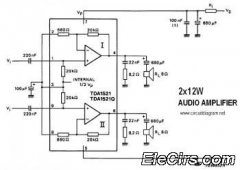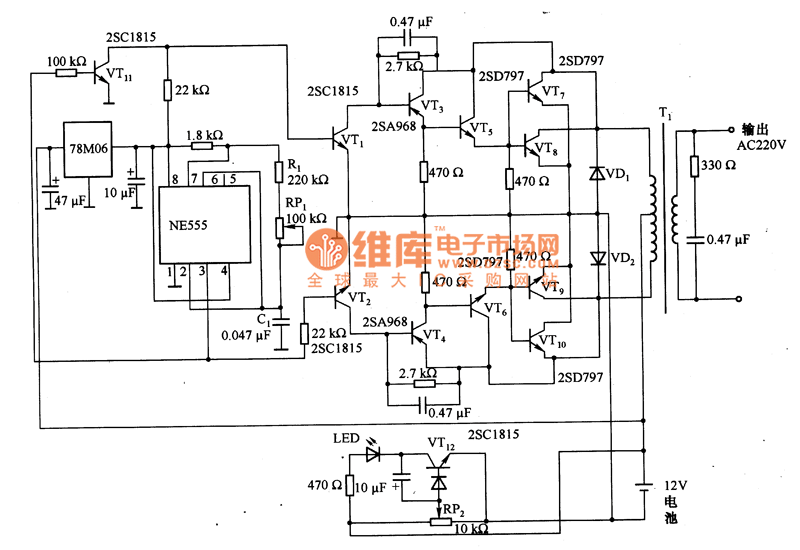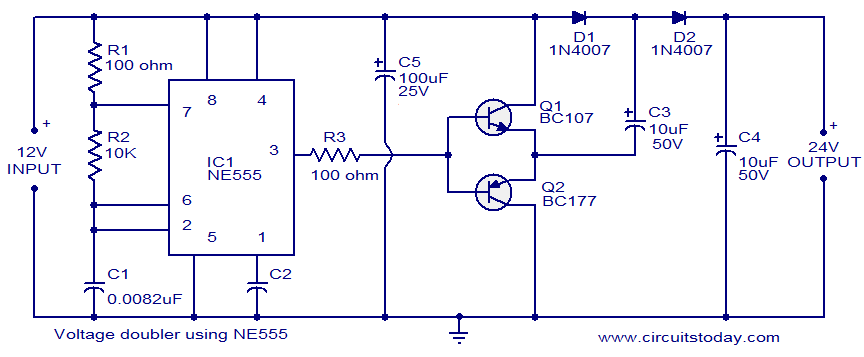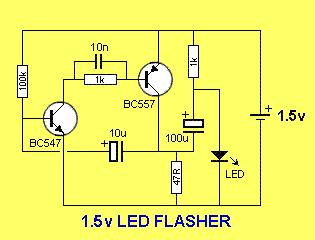
Power Function Circuit

It is possible to easily generate various non-linear functions such as X^(1/2), X^2, X^3, 1/X, XY, and X/Y using logarithms. In this context, division is transformed into subtraction, while multiplication is converted into addition.
The application of logarithmic properties in electronic circuits can be highly beneficial, particularly in the context of analog signal processing and mathematical function generation. By utilizing operational amplifiers (op-amps) in conjunction with logarithmic and antilogarithmic circuits, it becomes feasible to create non-linear functions efficiently.
For instance, to generate the function X^(1/2) (the square root of X), a logarithmic amplifier can be employed to compute the logarithm of the input voltage (representing X). This logarithmic output can then be processed through an exponential amplifier to yield the desired square root function.
Similarly, for functions such as X^2 and X^3, the use of a logarithmic amplifier allows for the transformation of multiplication into addition. By configuring the op-amp circuit to add the logarithmic outputs of the input signal to itself, the circuit can effectively produce the square or cube of the input voltage.
Furthermore, for functions involving division, such as 1/X or X/Y, the logarithmic properties can simplify the process. By taking the logarithm of the input voltage, the division operation can be performed through subtraction in the logarithmic domain, allowing for efficient computation of the desired output.
Overall, the integration of logarithmic functions within electronic circuits not only facilitates the generation of complex non-linear functions but also optimizes the performance of signal processing applications, making it an invaluable technique in the field of electronics.We can generate easily many non-linear functions such as X^1/2, X^2, X^3, 1/X, XY and X/Y using logs. Division becomes subtraction, multiplication becomes. 🔗 External reference
The application of logarithmic properties in electronic circuits can be highly beneficial, particularly in the context of analog signal processing and mathematical function generation. By utilizing operational amplifiers (op-amps) in conjunction with logarithmic and antilogarithmic circuits, it becomes feasible to create non-linear functions efficiently.
For instance, to generate the function X^(1/2) (the square root of X), a logarithmic amplifier can be employed to compute the logarithm of the input voltage (representing X). This logarithmic output can then be processed through an exponential amplifier to yield the desired square root function.
Similarly, for functions such as X^2 and X^3, the use of a logarithmic amplifier allows for the transformation of multiplication into addition. By configuring the op-amp circuit to add the logarithmic outputs of the input signal to itself, the circuit can effectively produce the square or cube of the input voltage.
Furthermore, for functions involving division, such as 1/X or X/Y, the logarithmic properties can simplify the process. By taking the logarithm of the input voltage, the division operation can be performed through subtraction in the logarithmic domain, allowing for efficient computation of the desired output.
Overall, the integration of logarithmic functions within electronic circuits not only facilitates the generation of complex non-linear functions but also optimizes the performance of signal processing applications, making it an invaluable technique in the field of electronics.We can generate easily many non-linear functions such as X^1/2, X^2, X^3, 1/X, XY and X/Y using logs. Division becomes subtraction, multiplication becomes. 🔗 External reference





